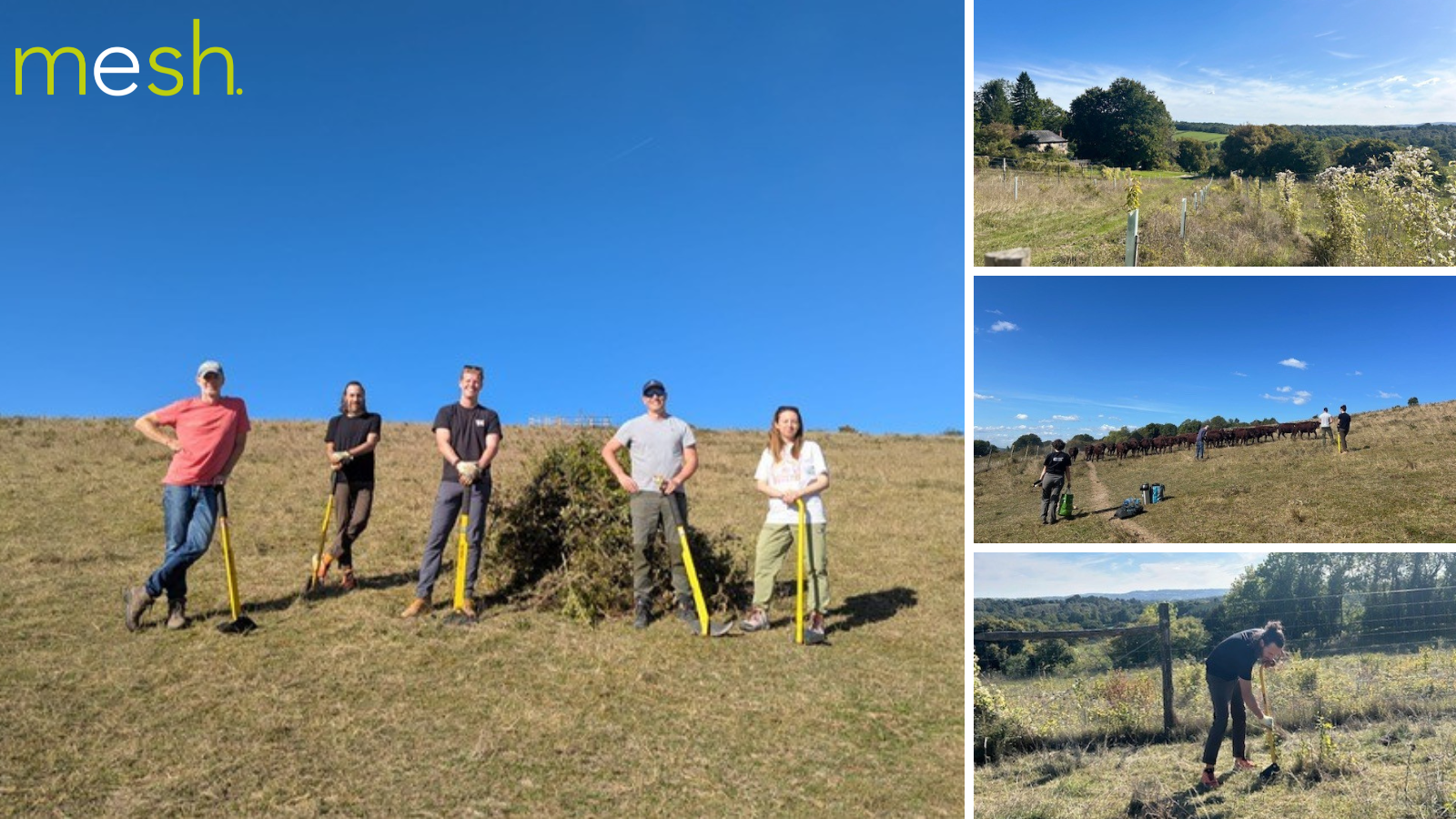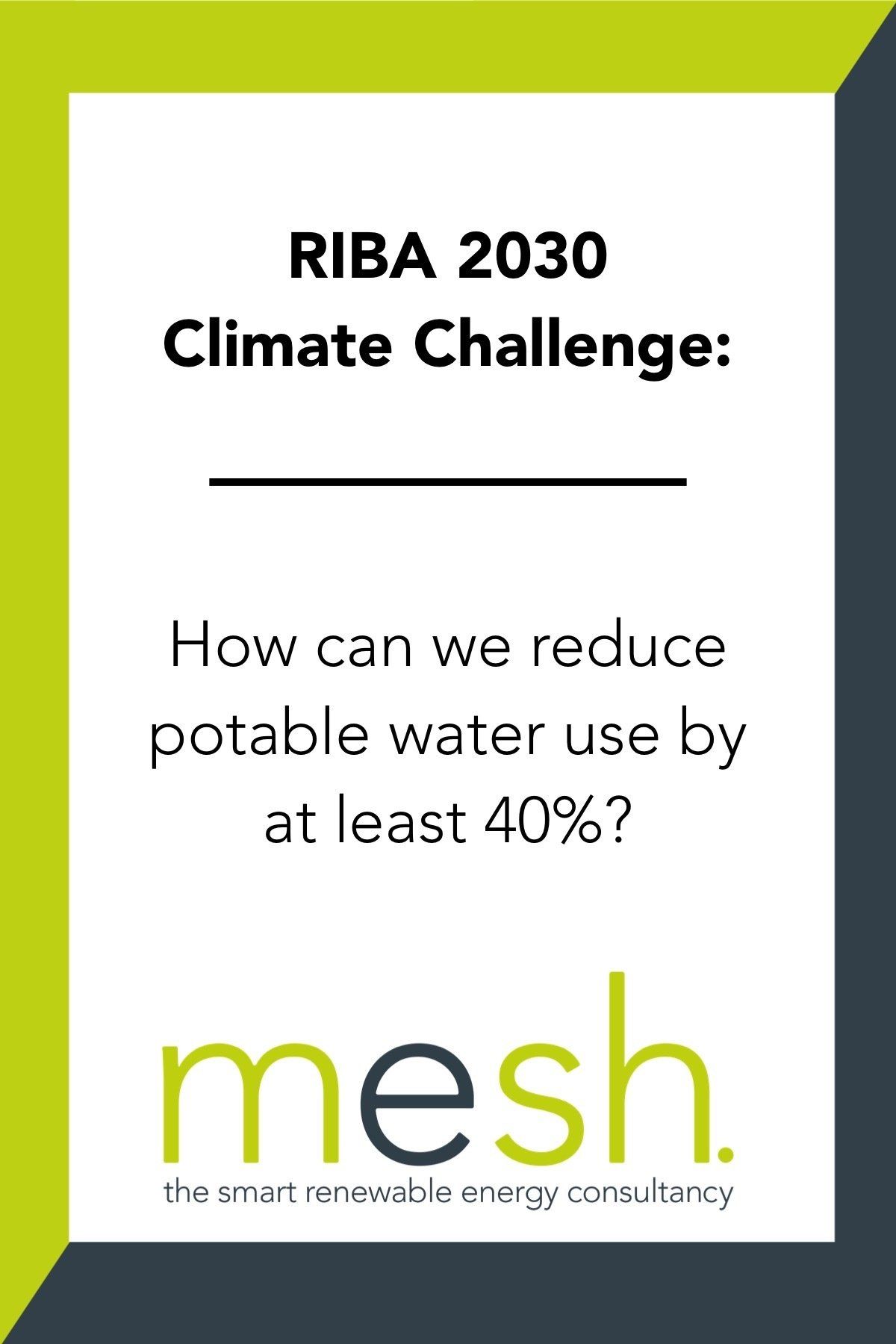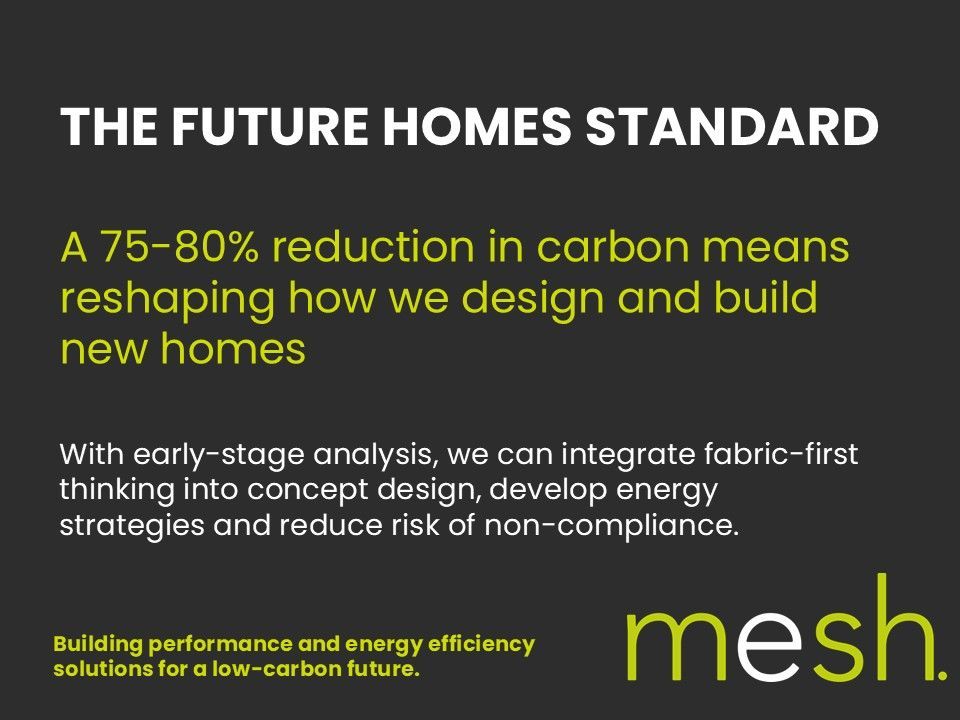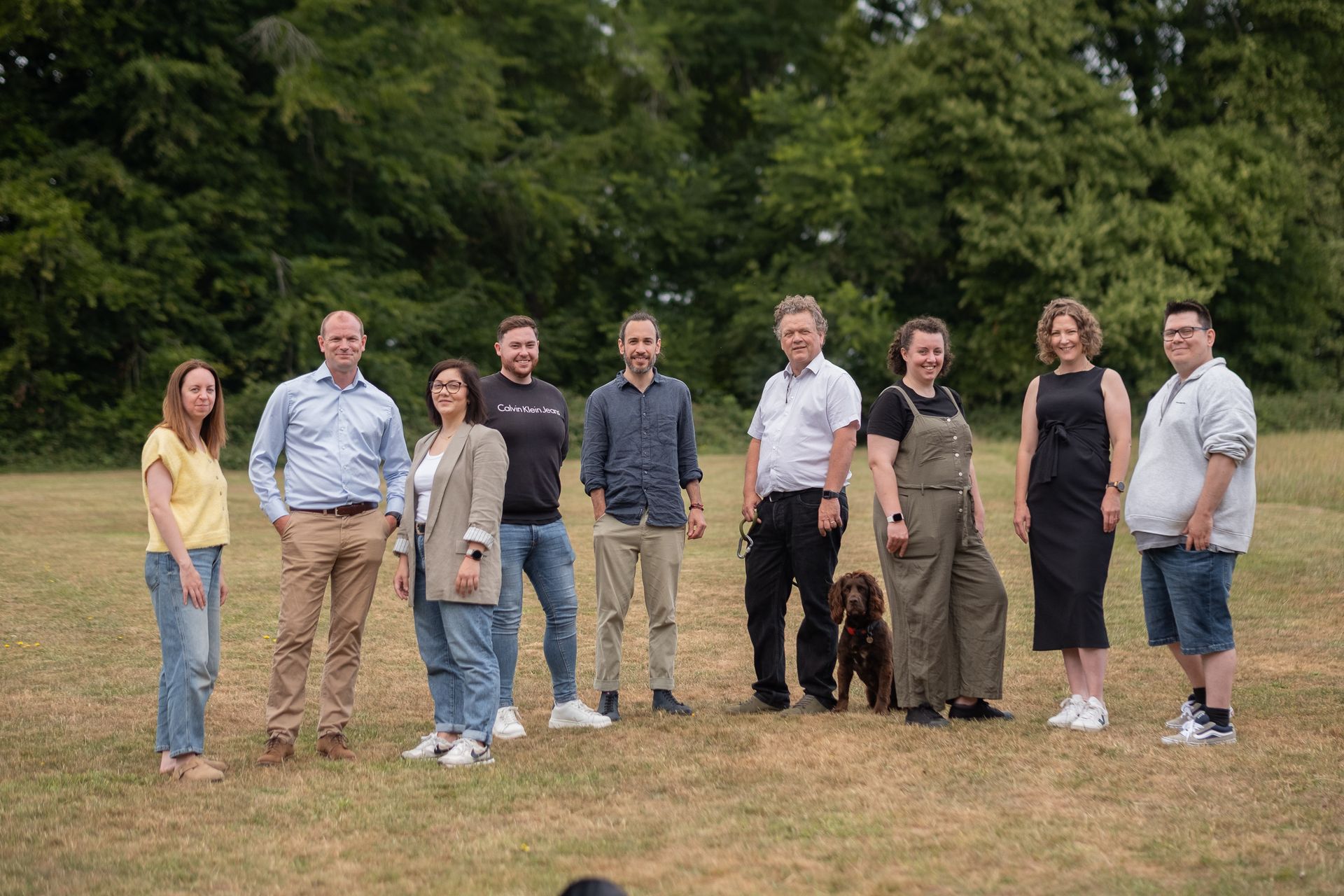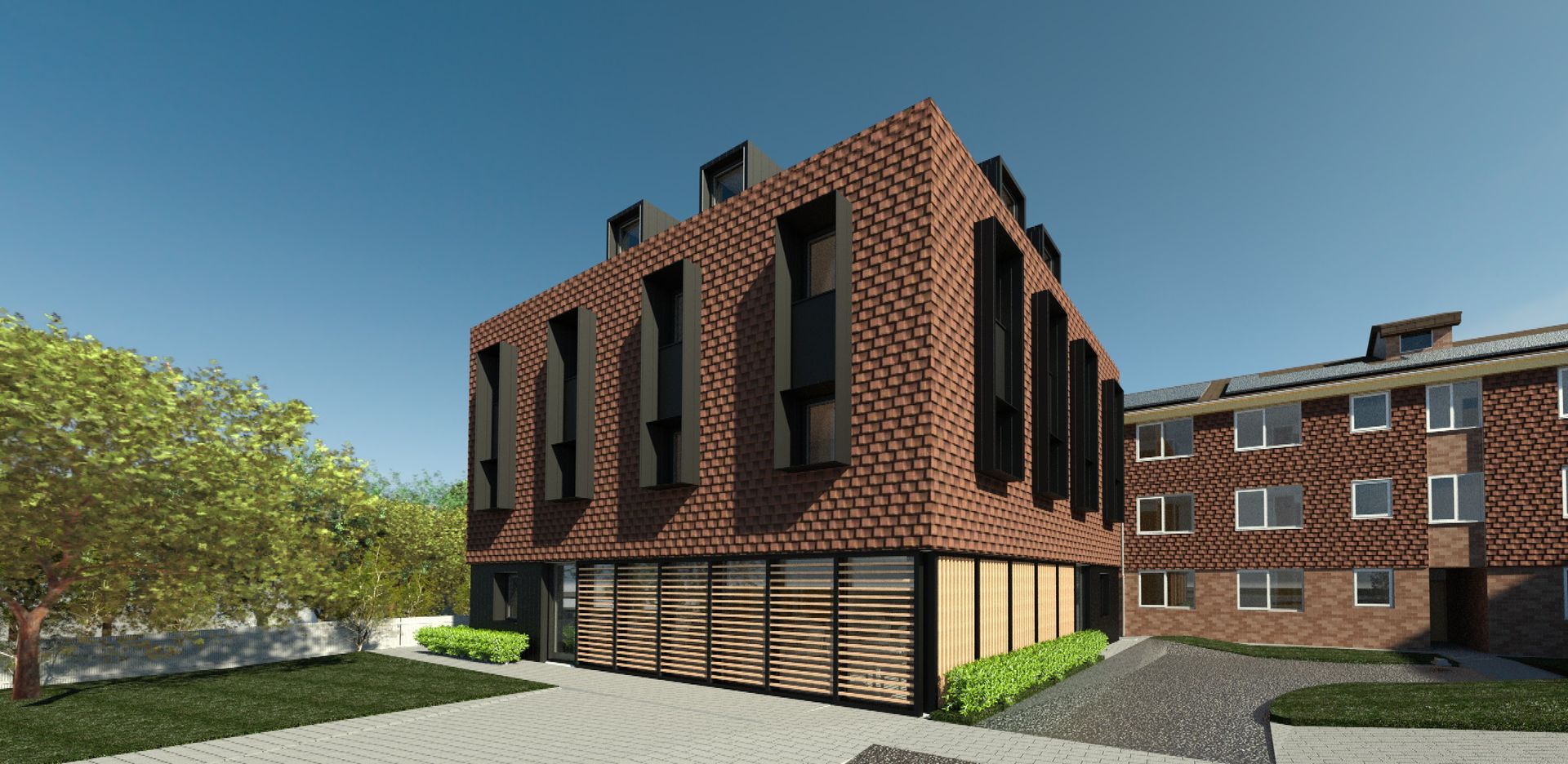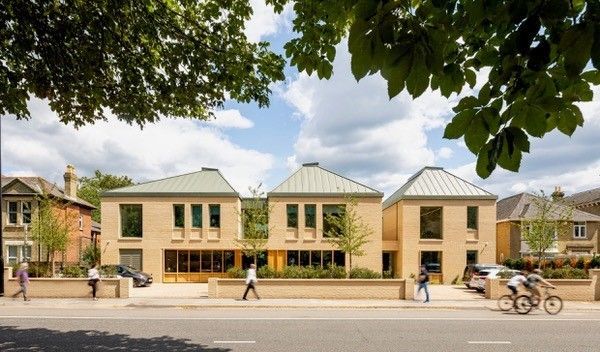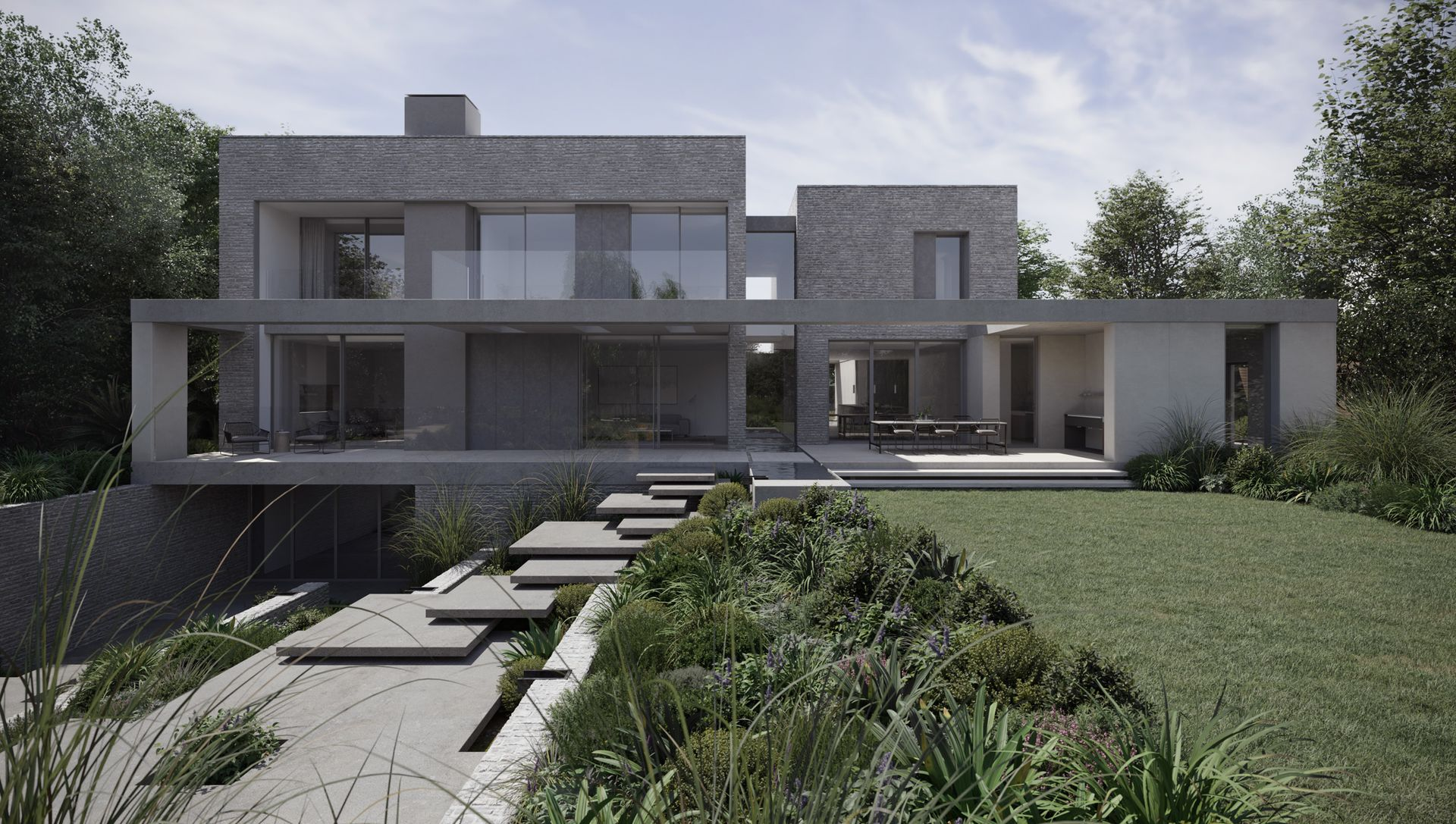RIBA 2030 Climate Challenge: How can we reduce potable water use by at least 40%?
After having written an initial blog on what the RIBA 2030 Climate Challenge is all about, we decided it was time to dig a little deeper and focus on the individual areas of the challenge.
This is the third of four blogs on the RIBA 2030 Climate Challenge focused on water efficiency and how to best reach the significant reductions in potable water usage through more intelligent building design. Water has been rightly identified as a precious resource by the RIBA Climate Challenge and, as you will see, meeting the 2030 targets is far from straightforward.
Current building regulations targets are equivalent to 125 l/p/d (litres per person per day) of potable water usage for domestic premises and for >16 l/p/d for commercial premises. The 2030 targets are <75 l/p/d and <10 l/p/d respectively which, roughly speaking, is a 40% reduction in potable water use by the end of the decade.
Potable water - contrary to the standard definition of ‘water that is safe to drink or for food preparation’ - in this context means water used for toilet flushing, bathing, showering, dish washing/food preparation and clothes washing.
Understand your water-using appliances
For domestic calculations of water usage, the Building Regulations Part G water calculator can be used to determine the usage per person per day. Commercially, the BREEAM water calculator can be used for the most accurate predictions.
In order, the biggest users of water in buildings are:
- Baths with showers = circa 185 litres capacity
- Showers = circa 10 litres/minute
- Washing machines = circa 8 litres/kg dry load
- Bathroom, kitchen and utility room sink taps = circa 6-8 litres/minute
- Dual flush toilets = 6-4 litres per flush
The PART G and BREEAM water calculators use various factors and adjustments based on the combination of appliances installed to more accurately reflect the expected usage per person per day. Nonetheless, it is interesting to see these different types of water using fixtures listed out to remind us the relative usage.
Standing head and shoulders above all other water using fixtures are baths, which use a colossal amount of water. Modern living generally lends itself to more showers being installed and used in daily life, but baths are still installed in almost all UK homes. Appliances in isolation mean little, so for the purposes of this blog we have put together a few scenarios to bring all this to life.
No more baths?
We have put together an example potable water strategy table moving through the future RIBA targets to show what appliances (and their efficiencies) may have to look like to meet the suggested targets. We have considered the following changes to building and appliance design as progress is made through the 2020s...
- More efficient bathroom fixtures and fittings
- Changing traditional bathrooms to wet rooms without baths for future adaptability
- More efficient kitchen fixtures and fittings over time
| Description | Current | 2020 | 2025 | 2030 |
|---|---|---|---|---|
| Dual Flush WC (litres) | 6/4 | 4/2.6 | 4/2.6 | 4/2.6 |
| Bathroom Taps (litres/minute) | 6 | 5 | 5 | 4 |
| Bath With Shower (litres) | 185 | 170 | 170 | - |
| Shower Over Bath (litres/minute) | 10 | 8 | 8 | - |
| Wet Room Shower Only (litres/minute) | 0 | 0 | 0 | 6 |
| Kitchen / Utility Room Sink/Taps (litres/minute) | 8 | 6 | 6 | 6 |
| Washing Machine (litres/kg dry load) | 8.17 | 8.17 | 8.17 | 7 |
| Litres/person/day | 109.5 | 91.4 | 91.4 | 69.4 |
What is clear is that with a bit of work with toilet specification it is easy to hit RIBA potable water usage targets up to 2025 by more carefully specifying efficient sinks, toilets and showers that are on the market today. But beyond that point the water used by traditional baths comes to a head. Based on current calculation methodologies, baths in homes of the near future will not be suitable. Design of traditional ‘bathrooms’ will have to be radically altered to eliminate baths without compromising the function of the room. Who knows; there may be room there for some decent low water usage bath product innovation!
It may seem crazy that these kinds of fundamental design changes are needed, but they are and it is worth considering that change really is needed to protect precious energy and water resources in the built environment. If considered today, these issues can be discussed and elegantly designed for.
So, hopefully there is some food for thought is this week’s blog. As always, by taking a logical and smart approach to tackling water usage in your building design, you will find that meeting the RIBA 2030 targets for potable water can be met. It does require early-stage planning and careful balancing with client lifestyle requirements, but is within all of our grasps.
If you have any questions about the RIBA 2030 Climate Challenge, please don't hesitate to
contact the Mesh team today.
SHARE THIS POST WITH YOUR NETWORK


